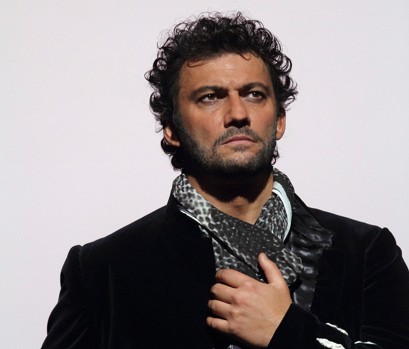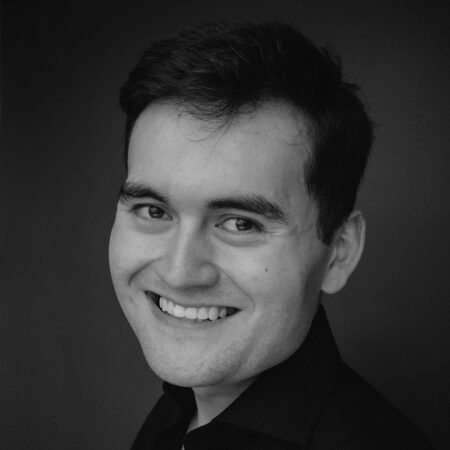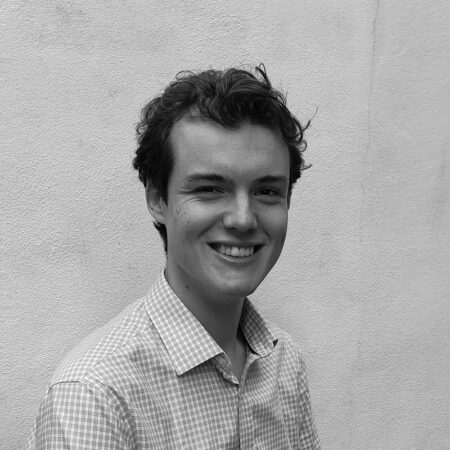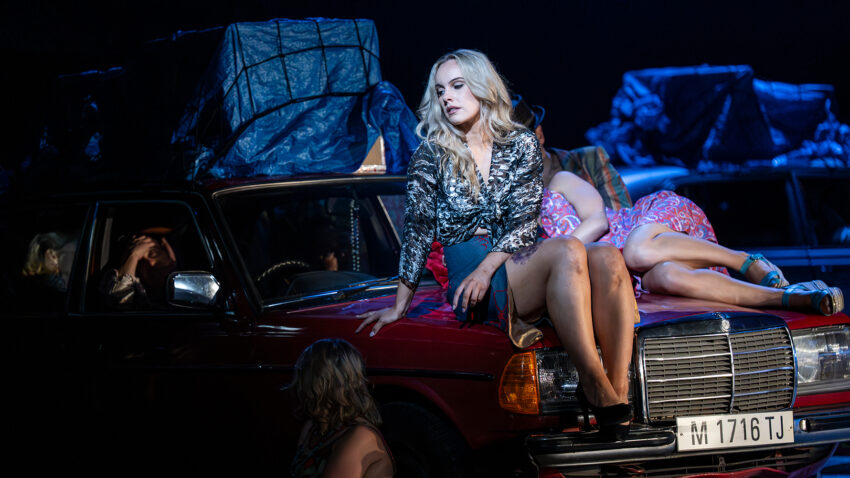What is a tenor singer?
A tenor singer is a male vocalist with one of the highest natural vocal ranges. Known for their bright, resonant tone, tenors often perform leading roles in opera, embodying characters that convey passion, heroism and emotional depth. The tenor voice type is celebrated for its ability to deliver powerful high notes with clarity and precision, distinguishing it from other male voice types like baritone and bass.
Tenors are frequently at the heart of iconic operatic performances, bringing to life unforgettable characters. Whether delivering breathtaking arias or lending their voice to powerful choral works, their vocal agility and expressive range make them integral to music across genres, from classical to contemporary.

Tenor voice range
The tenor vocal range spans C3 (one octave below middle C) to B4 in chest voice, with skilled singers often extending into higher registers, including the thrilling high C (C5) and beyond in falsetto.
Whilst tenors have the smallest vocal range – typically covering just under two octaves – they’re among the most sought-after male singers. Most men have light baritone voices, making the more extreme voice types, like tenors, both rare and highly valued. Combine this with some of the most exquisite compositions written for the tenor voice, and it becomes clear why it holds such a dominant place in the world of opera and choral music.

Famous tenor singers of the past
Enrico Caruso (1873-1921): A pioneering opera star, Caruso’s powerful voice and emotional delivery revolutionised early 20th-century opera. His iconic performance of ‘Vesti la giubba’ from Pagliacci became one of the most famous recordings in history.
John McCormack (1884-1945): An Irish tenor celebrated for his exquisite phrasing; McCormack became one of the greatest singers of the early 20th century. His performance of ‘I Hear You Calling Me’ remains one of his most beloved recordings.
Beniamino Gigli (1890-1957): Known as the “Second Caruso,” Gigli excelled in romantic opera roles. His rendition of ‘Una furtiva lagrima’ from Donizetti‘s L’elisir d’amore (The Elixir of Love) highlighted the rich, expressive quality of his singing.
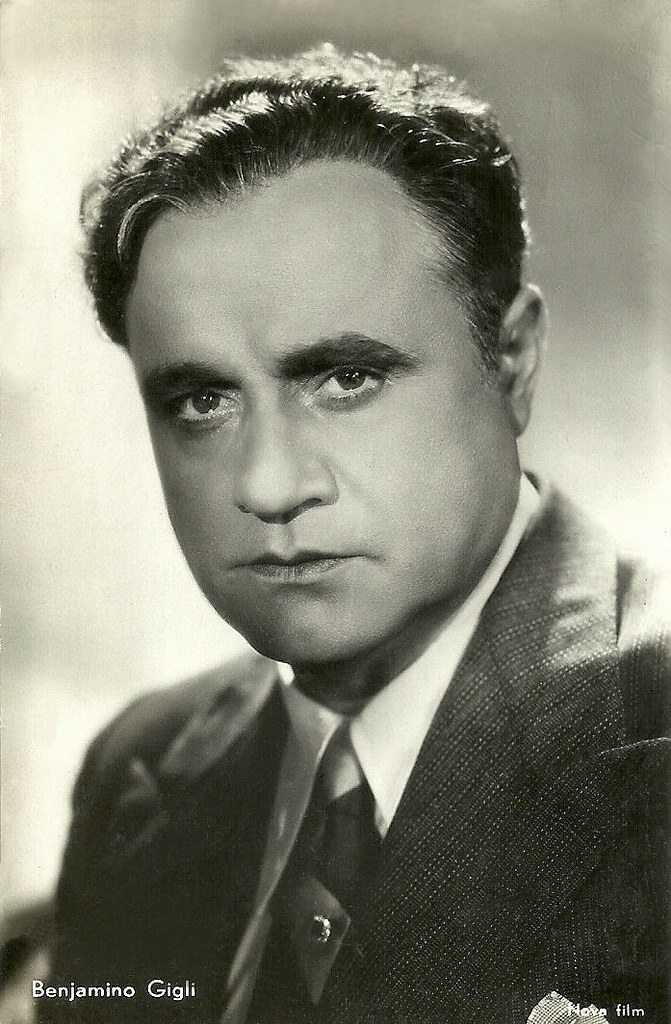
Jussi Björling (1911-1960): Celebrated for his lyrical tone and emotional depth, Björling was a master of expressive singing. His performance of ‘Che gelida manina’ from La bohème remains a definitive example of his artistry.
Fritz Wunderlich (1930–1966): A tenor with a golden, warm voice and impeccable technique, Wunderlich excelled in Mozartian roles. His performance of ‘Dies Bildnis ist bezaubernd schön’ from The Magic Flute is hailed as a standard of vocal finesse.
Luciano Pavarotti (1935-2007): Known for his clarity, powerful high notes and bringing opera to the mainstream, Pavarotti’s rendition of ‘Nessun Dorma’ from Turandot cemented his place as an operatic legend.

Types of tenor singers
Although tenor singers share the same vocal range, the quality of their voices can vary in the upper and lower ends of that range. It’s these natural differences that define the distinct subtypes of the tenor voice. Below are four of the most recognised:
Lyric tenor: Known for its light, warm and smooth tone, the lyric tenor excels in romantic and emotional roles, often portraying young lovers or noble heroes. Famous roles include Alfredo in La traviata or Rodolfo in La bohème.
Spinto tenor: With more power and depth than a lyric tenor, spinto tenors handle intense, dramatic moments with ease in roles like Don José (Carmen) or Radamès (Aida).
Dramatic tenor: Characterised by a rich, powerful voice that cuts through large orchestras, dramatic tenors are known for portraying strong, larger-than-life characters, such as Otello (Otello) or Calaf (Turandot).
Heldentenor: The heldentenor, or “heroic tenor,” is celebrated in Wagnerian opera. It features a deep, resonant tone with immense power and stamina for long performances in roles like Siegfried (The Ring Cycle).

Famous tenor singers of the present
Plácido Domingo: Renowned for his versatility and commanding stage presence, Domingo brought intensity and nuance to every role. His portrayal of Otello in Verdi‘s Otello is considered one of the greatest operatic performances of all time.
Innocent Masuku: An emerging talent in the operatic scene, Masuku is celebrated for his powerful and emotive voice which he showcased in the 2024 season of Britain’s Got Talent. He is also one of our ENO Harewood Artists!
Andrea Bocelli: Despite his blindness, Bocelli is a highly acclaimed Italian tenor celebrated for blending classical and popular music. His performance of ‘Con te partirò’ became an international sensation, solidifying his status as a global icon.

Jonas Kaufmann: A versatile and dramatic tenor, Kaufmann is known for his rich, dark-toned voice and striking interpretations of German and Italian repertoire. His portrayal of the title role in Wagner‘s Lohengrin is one of his most acclaimed performances.
David Miller: Best known as a member of the classical crossover group Il Divo, Miller’s performances of pieces like ‘Regresa a Mí’ have been key to the group’s chart-topping success.
Paul Potts: Rising to fame after winning Britain’s Got Talent, Potts is admired for his heartfelt interpretations of classical pieces. His rendition of ‘Nessun Dorma’ on the show captivated audiences and launched his successful career.
